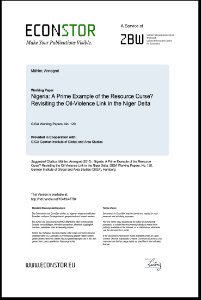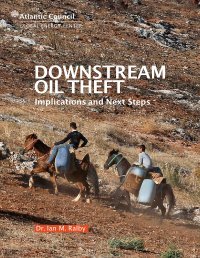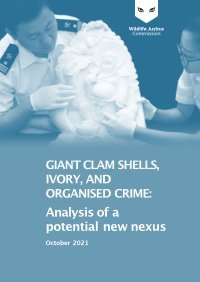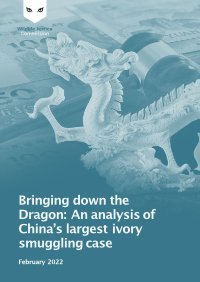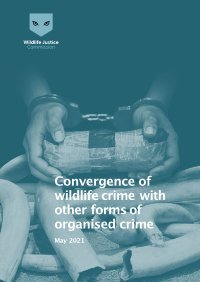By Alexander Fedorov, Alexei Babko, Alexander Sukharenko, Valentin Emelin
Transnational organized environmental crime is a rapidly growing threat to the environment, to revenues from natural resources, to state security and to sustainable development. It robs developing countries of an estimated US$ 70 billion to US$ 213 billion annually or the equivalent of 1 to 2 times global Official Development Assistance. It also threatens state security by increasing corruption and extending into other areas of crime, such as arms and drug smuggling, and human trafficking. Russia possesses enormous forest resources (over 83 billion m³), representing a quarter of the world’s timber reserves. However, illegal logging and forest crime result in enormous monetary losses from the state budget According to data from the Russian Federal Forestry Agency (Rosleshoz), in 2014 alone there were 18,400 cases of the illegal logging of forest plantations—a total volume of 1,308,400 m³—with an estimated value of 10.8 billion rubles. However other estimates vary from 10-20% (Prime Minister’s office) to 50% (Prosecutor General’s office) of total timber harvest. While there has been a reduction in the amount of illegal logging in some regions of the Russian Federation, illegal logging has increased in other regions. Presently, no effective methods have been adopted for assessing the amount of illegal logging in the Russian Federation. The damage caused to forests is not only economic, but also ecological. The report reveals the scale of illegal logging in Russia based on the best available, most up-to-date, expert data. It is hoped that governments will take note and take action.
Arendal, Norway: GRID-Arendal, 2017, 38p.









